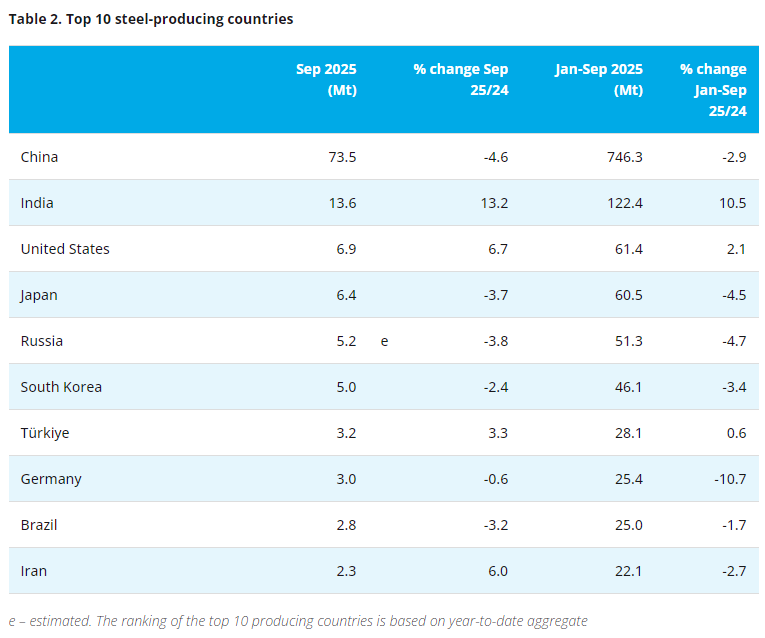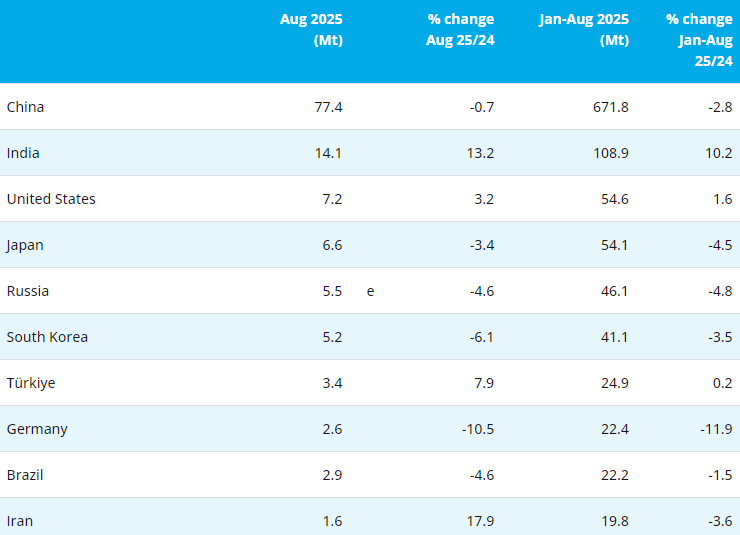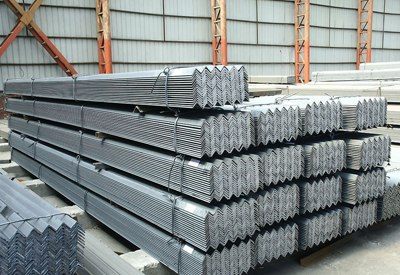
【Ferro-alloys.com】: The global aluminum market is entering a fresh period of upheaval as traders rush to assess the potential impact of renewed US protectionism under President Donald Trump.
The US leader ordered tariffs of 25% on all imports of aluminum and steel on Monday, effectively toughening up a trade regime he launched during his first presidency. The measures threaten to increase costs for US buyers, and at least some rerouting of international trade flows.
“We expect any tariff would lead to higher prices for US manufacturers” via a rise in regional premiums, ANZ Group Holdings analysts, including Daniel Hynes, wrote in a note. More Canadian supply will likely be exported to Europe, with the US increasing its purchases from the Middle East, they said.
The tariffs mark the start of a new phase for a global aluminum market that has been rocked in recent years by international sanctions and energy-market turmoil in the wake of Russia’s invasion of Ukraine. The metal rose 7% last year on the London Metal Exchange.
Trump has effectively expanded the tariffs introduced in 2018, which former President Joe Biden largely kept in place. Exemptions for major suppliers including Canada, Mexico, Brazil, the European Union are now removed, and the rate for aluminum imports has been raised from 10% to 25%.
There is speculation that some nations could again be excluded as Trump uses these new measures as leverage in his wider effort to reset America’s trade relations. He has already imposed 10% tariffs on all imports from China, while 25% levies on Mexican and Canadian goods have been announced but put on hold for now.
Even as Trump on Monday warned that his metals tariffs could go even higher, the price reaction on the London Metal Exchange was relatively muted. Prices of Aluminum on the LME were little changed as of 12.20pm in Singapore. Iron ore futures in Singapore fell 0.9% from their highest close since October.
The potential impact of Trump’s tariffs will arguably be greater for aluminum than for steel because the US relies more on the base metal, and because of the increase in existing tariff levels.
“US aluminum buyers will have to share more of the cost increase as its demand is resilient, not replaceable,” Zhang Meng, analyst with AZ China Ltd. said. The US itself has a very limited number of new aluminum projects, he added.
- [Editor:Alakay]



 Save
Save Print
Print Daily News
Daily News Research
Research Magazine
Magazine Company Database
Company Database Customized Database
Customized Database Conferences
Conferences Advertisement
Advertisement Trade
Trade















 Online inquiry
Online inquiry Contact
Contact

Tell Us What You Think